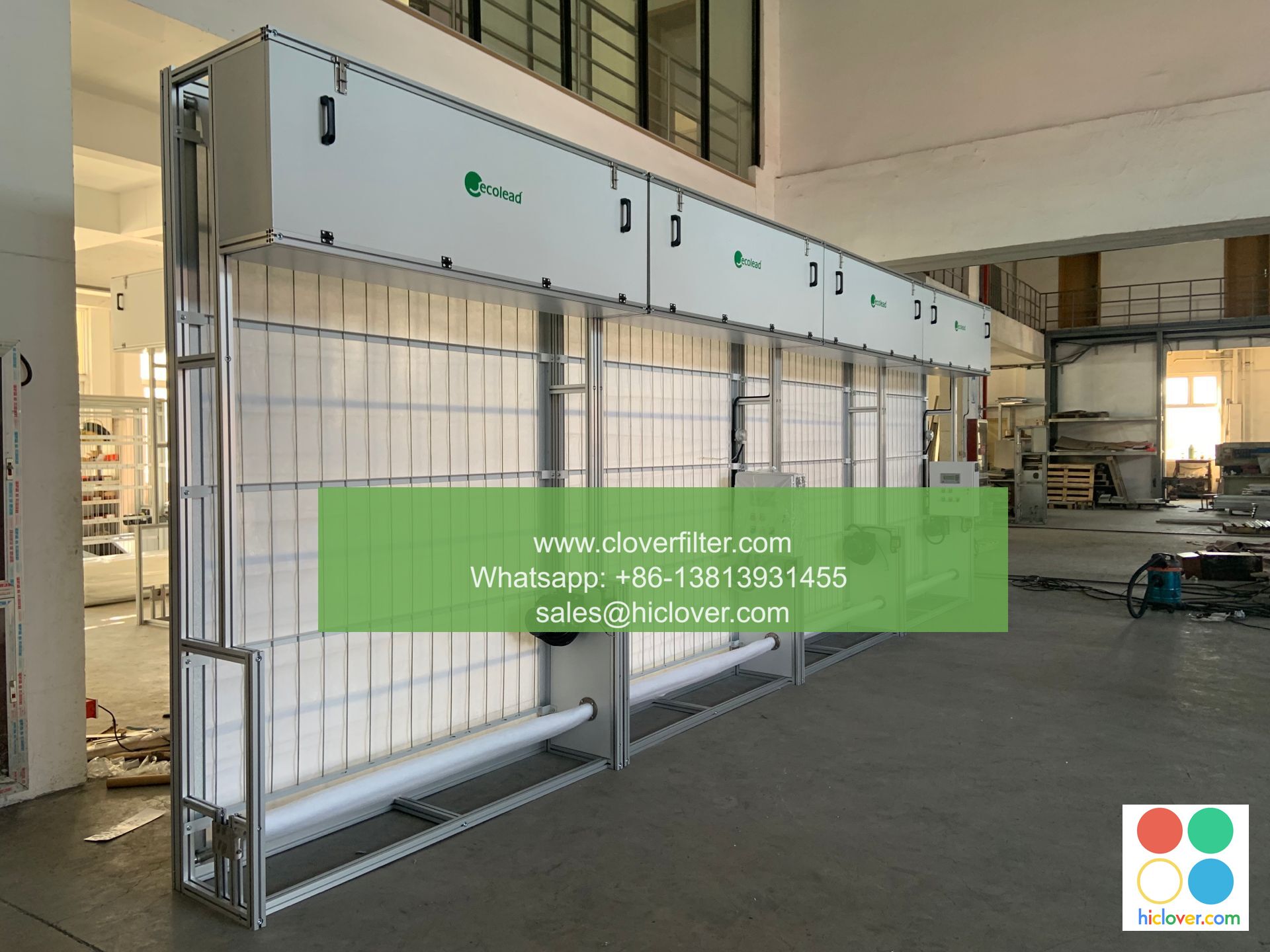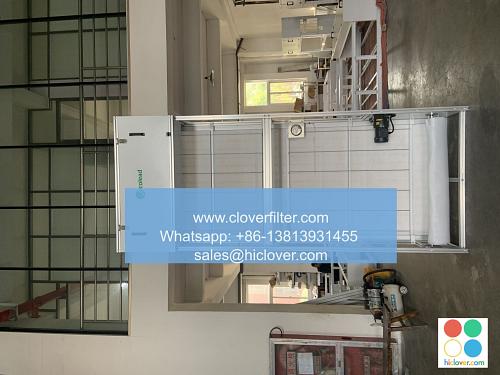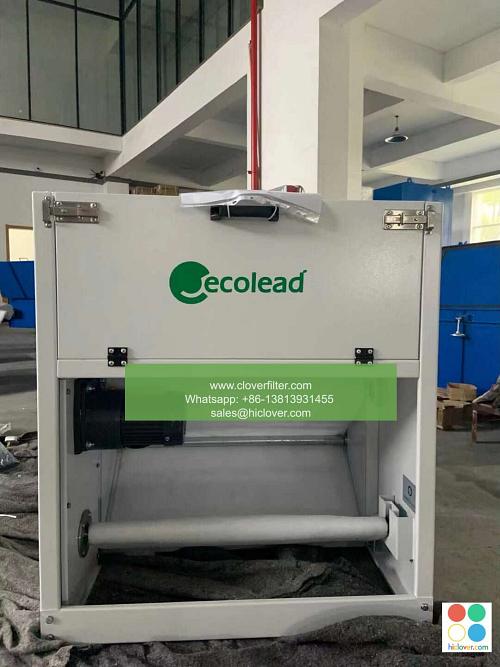The Validated Design Process: Ensuring Air Filter Compliance for Industrial Cooling Towers

The Validated Design Process: Ensuring Air Filter Compliance for Industrial Cooling Towers
Introduction
In today’s industrial world, ensuring the reliability and efficiency of industrial cooling towers is crucial to maintaining optimal production processes. Effective air filtration is a vital component of this process, as it helps remove impurities and contaminants from the air to prevent damage to equipment and harm to employees. In this article, we will explore the importance of the validated design process in ensuring air filter compliance for industrial cooling towers, highlighting various application areas and highlighting the key challenges and benefits involved.
Challenges in Air Filter Design
Designing effective air filters for industrial cooling towers is a complex task, requiring careful consideration of various factors, including:
- Air flow rates: Ensuring the filter can handle high air flow rates without compromising on performance.
- Particle size and distribution: Selecting filters that can effectively remove particles of various sizes and shapes.
- Corrosive and abrasive environments: Designing filters that can withstand harsh conditions and resist degradation.
- Regulatory compliance: Meeting specific regulatory requirements, such as OSHA and EPA guidelines.
- Defining project goals and objectives
- Identifying key performance indicators (KPIs) for filter performance
- Conducting a literature review and gathering industry best practices
- Creating a detailed design concept and prototype
- Conducting computational fluid dynamics (CFD) and computational thermal-fluid dynamics (CTFD) simulations to validate the design
- Building and testing a prototype to refine the design
- Conducting experimental tests to validate the design
- Analyzing results and identifying areas for improvement
- Refining the design based on test data
- Verifying that the design meets regulatory requirements
- Validating that the design meets the required KPIs
- Obtaining certification and documentation for compliance
- Improved filter performance: Ensuring that filters can effectively remove impurities and contaminants without compromising on airflow rates.
- Reduced costs: Minimizing the need for redesigns and retests, reducing project timelines and budgets.
- Regulatory compliance: Meeting strict regulatory requirements, reducing the risk of fines and reputational damage.
- Enhanced product reliability: Ensuring that filters can withstand harsh operating conditions and minimize downtime.
- Power generation and transmission: Ensuring reliable air filtration for cooling towers in power plants, transmission stations, and substations.
- Manufacturing and processing: Protecting equipment and product quality in process industries, such as chemicals, food, and pharmaceuticals.
- Mining and oil refining: Ensuring effective air filtration in harsh, industrial environments, where air quality is critical to employee safety and equipment performance.
- Data centers and server rooms: Maintaining optimal air flow and filtering to prevent overheating and prolong equipment lifespan.
The Validated Design Process
The validated design process is a systematic approach to ensuring that air filter designs meet the aforementioned challenges. This process involves four key stages:
Stage 1: Solution Conceptualization
Stage 2: Design and Prototyping
Stage 3: Testing and Validation
Stage 4: Verification and Validation
Key Benefits of the Validated Design Process
Adopting the validated design process offers numerous benefits, including:
Application Areas
The validated design process is critical in various industrial settings, including:
In conclusion, the validated design process is a critical component of ensuring air filter compliance for industrial cooling towers. By following this methodology, manufacturers can ensure reliable, efficient, and regulatory-compliant air filtration systems that meet the unique demands of various industrial settings.
It looks like I’ve been requested! What would you like me to assist you with? Do you have a specific question, topic, or task in mind?


